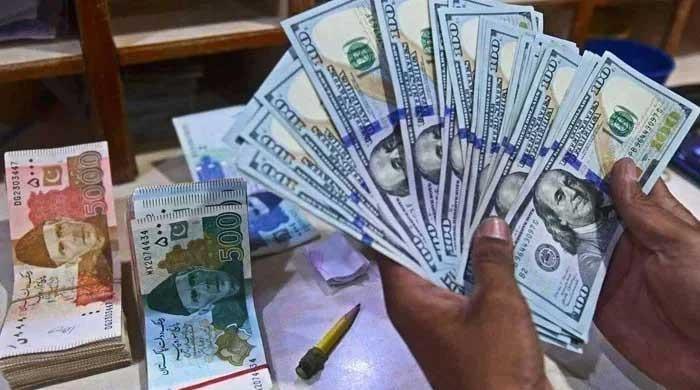- External financing to trust bilateral multilateral sources.
- Panda bond program of $ 1 billion established, first issuance in fiscal year 26.
- Preparatory work in progress for the launch of sustainable bonds.
Islamabad: the debts and external liabilities of Pakistan, which are currently at around $ 130 billion, are very concentrated in five main currencies, and the US dollar only represents almost 58% of the total load, The news reported on Thursday
“The external debt portfolio is predominantly called in some important currencies. The US dollar leads with a 57.8%participation, followed by Special Drawing Rights (SDR) at 29.88%, the Chinese Yuano 5.21%, the Japanese Yen 3.95%and the Euro 2.62%,” reads the latest government debt management strategy (DMS) for 2026-2028.
The strategy of the Ministry of Finance emphasizes that external financing will continue depending mainly on multilateral and bilateral sources that offer more long concessional terms and maturities.
However, in an effort to diversify, Pakistan plans to re -enter the international capital markets with new instruments, including panda bonds, sustainable bonds and Eurobonds, subject to favorable conditions of global interest rates and internal economic stability.
A $ 1 billion panda bond program has already been established, with the first issuance of $ 200-250 million scheduled for fiscal year 2016, followed by additional sections in the medium term.
Preparatory work is also underway for the launch of sustainable bonds, backed by a recently developed sustainable financing framework, which is currently under the review of the cabinet. This framework will guide the structure, expiration and reimbursement terms of all future sustainable bond emissions.
Although access to Eurobond markets has been limited since 2022, the strategy describes a plan to re -enter international capital markets as conditions improve.
Meanwhile, panda bonds, the values called Renminbi in the Chinese market, are developing as an alternative, supporting the diversification of financing sources, reducing the costs of loans, reducing the risk of refinancing and improving the financial integration of Pakistan with the Chinese markets.
To actively manage currency risks, the Government intends to use coverage instruments while also developing national futures and interest exchange markets.
Innovative options are being considered, including debt swaps by nature, to help administer external liabilities while aligning with climatic objectives.
Internal debt is expected to remain the main source of government financing during the strategy period. According to the International Monetary Fund Program (IMF), the roof for government guarantees is established at RS5,600 billion at the end of June 2025.
By March 2025, guarantees worth RS405 billion, equivalent to 0.35% of GDP, had been issued, raising the total shares in circulation at RS4,548 billion.
These include guarantees extended to state companies such as TCP and Passco for financing related to basic products.




